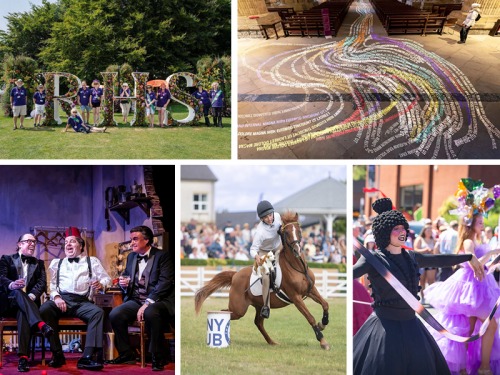Inside the National Coal Mining Museum's Immersive Time Tunnel
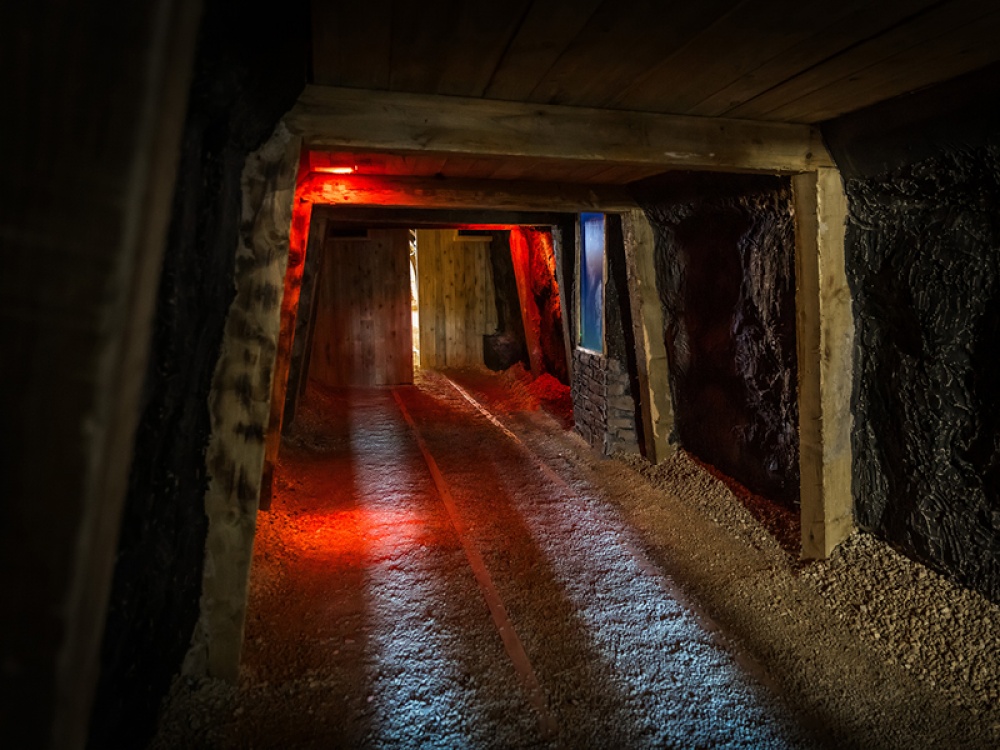
Living North dig into the fascinating history of British coal mining at Wakefield's brand-new, immersive Time Tunnel experience
Yorkshire’s coal mining history spans from Roman times to the late 20th century, and coal mining clearly played a crucial role in shaping the county’s landscape and communities. John Tanner, Head of Masterplan & Capital Projects, works with the museum, as well as other organisations and community groups, to help drive the museum’s future. ‘The coal industry was so important to so many different parts of the country,’ he says. ‘What drives us as a museum is to enable communities and generations to discover what mining was all about, what it meant to people, and imagine the experiences that their families had and the achievements that were made. There’s a huge amount to be proud of.’
John believes it’s vital to share these stories. ‘Coal mining drove industry in this country, powered an industrial revolution and also employed a huge amount of people,’ he explains. ‘If you look to just after the First World War, around a million people were working in Britain’s coal mines. Here in England, if you look at the extent of those coal mines, from Kent all the way up to Durham and out to Somerset, and here in Yorkshire, the coal mines were extensive. They obviously shaped communities as well. There are so many communities in towns and villages that came about because of coal mining and we think it’s absolutely crucial for them to understand what coal mining was all about. It was a difficult industry and difficult times, but at the same time there were huge achievements and incredible feats of engineering.
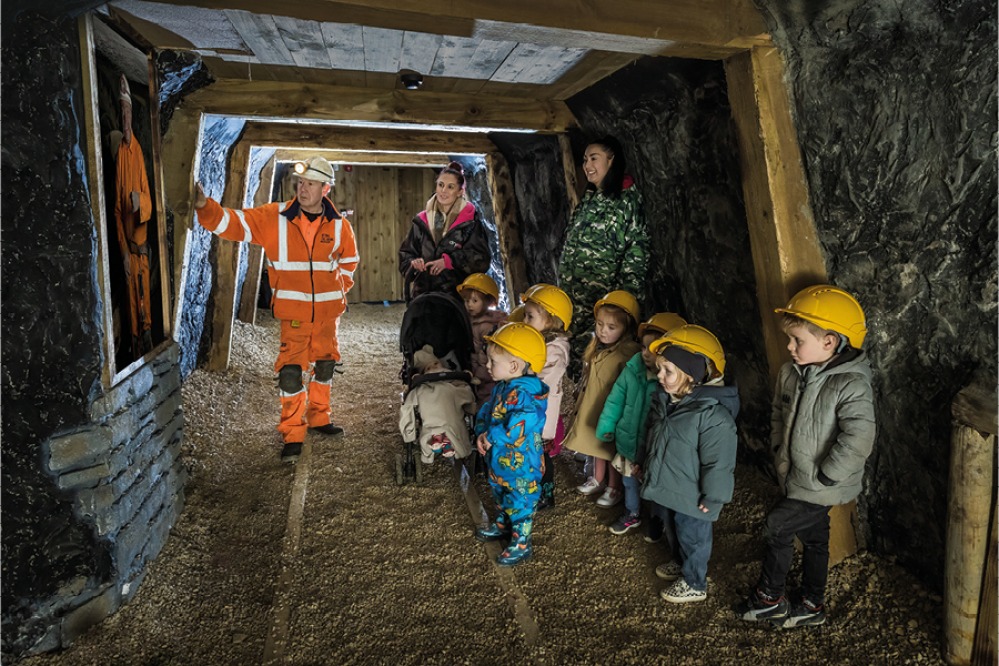
‘The knowledge, skills and bravery of England’s coal miners was absolutely astonishing. That’s something that we want to share. We want to do it in ways that are accessible, engaging and really bring that back to life, which is something we’ve created with the new Time Tunnel.’
The National Coal Mining Museum is on the site of Caphouse Colliery. ‘The last working colliery in England closed in 2015 and many of the men who worked there now act as mine guides here at the museum,’ says John. ‘Every day, hundreds of people go deep underground (our colliery is 140 metres deep) to see what coal mining was all about. But what we realised was that there are other ways in which we can share that experience that would be suitable for younger families (because children under five can’t go underground), and for those who aren’t keen on going down a mineshaft for 140 metres to experience it.’
With Time Tunnel, a permanent addition to the museum, anyone of any age can don a hard hat and experience an alternative to the underground tour. ‘We’ve transformed a very early Victorian railway tunnel at the museum and turned that into an immersive, digital experience that takes visitors back in time,’ John says. ‘It’s fully accessible, suitable for all ages and the response we’ve been having has been absolutely astonishing. It’s all about sharing the experience, taking people back to understand what it was really like to work underground using the latest digital technology.
‘It’s a combination of different experiences which separates into three different time periods. We take visitors right back to the 1830s, then onto war-time coal mining in the 1940s, and right through to 1979. All the different areas have been fitted out to look exactly how they would’ve been. We’ve got special effects and soundscapes – having all those sounds around you creates a kind of 360 experience. We also have huge, life-size screens where characters come to life. There’s a different character for each time period who shares what it was like to be working underground. Everything from being at the coalface right through to the experience of going to the pithead baths. It all ends with a surprise explosive experience, which is recreated digitally to give an example of what shot firing and the use of those extremely powerful explosives was like in the 20th century.’
The Time Tunnel is led by former miners, who walk visitors through it. ‘We also have objects from our museum collections and we’re very proud to look after machinery and archives from all across England here,’ John adds. ‘When visitors go through the Time Tunnel, our mine guides show them everything from fossils to tools, and give them the chance to hold those objects too. It’s not just a digital experience, it is really immersive. It’s also a good opportunity to talk to people who were amongst that very last generation of miners.
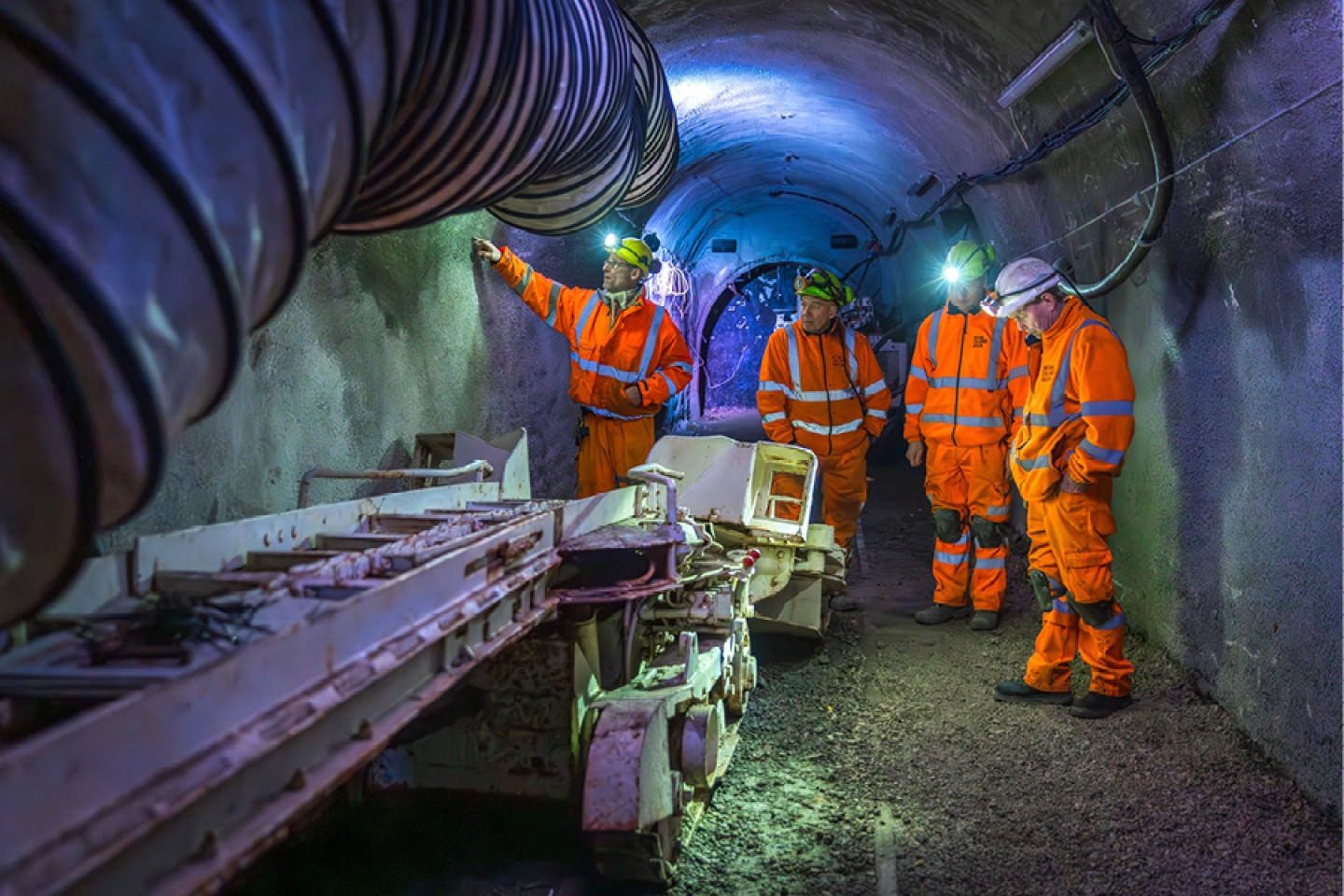
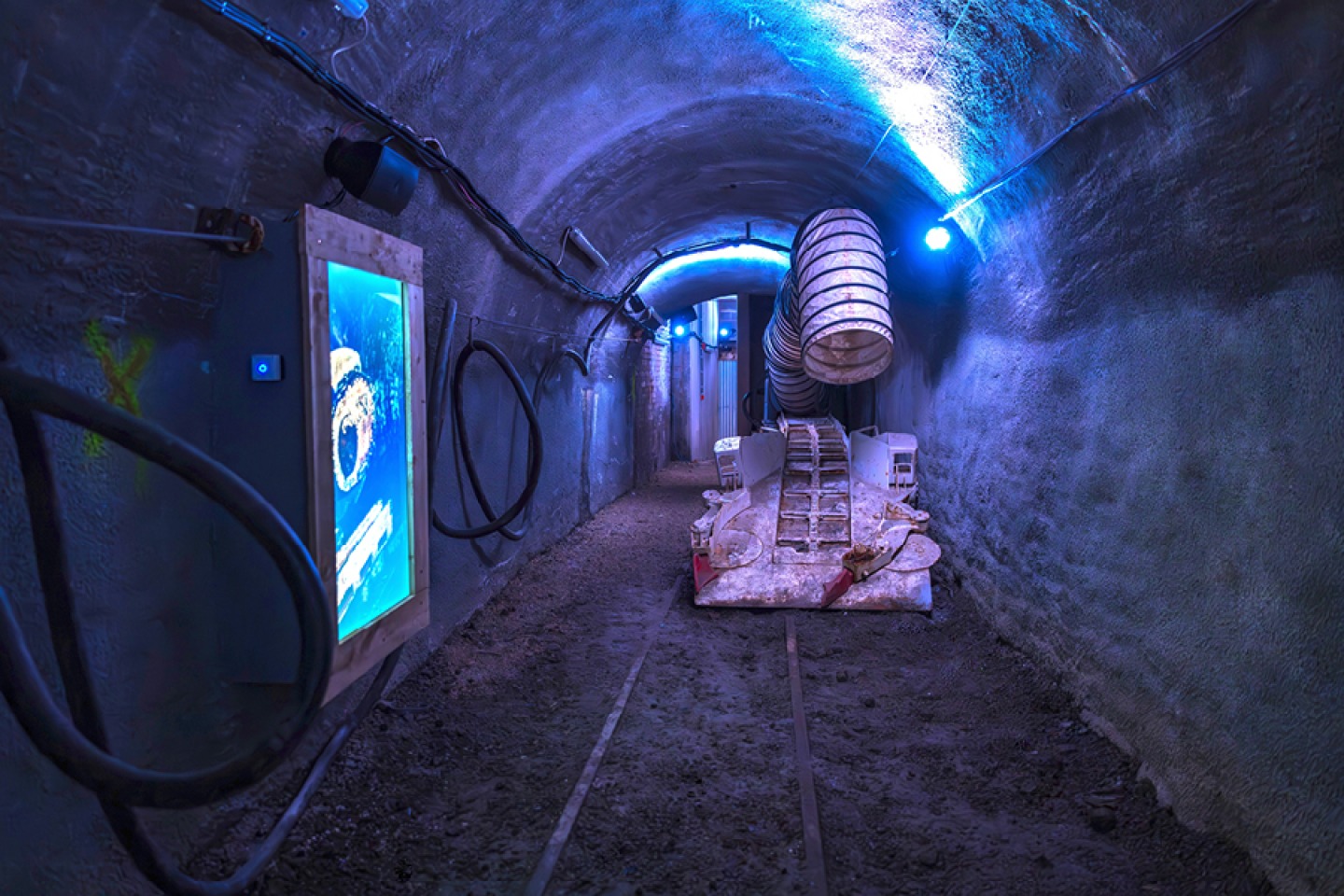
‘Our underground experience was closed for three months [recently] while we replaced the winding engines, which is what takes the cage up and down the mine shaft. And what we found is that while our underground tours have always been packed out, the Time Tunnel experience has been too. We look forward to both of these experiences going forward together and we’re expecting even more visitors throughout summer.’
With plenty more to discover, it’s easy to spend a whole day at the National Coal Mining Museum. ‘We have exciting plans coming together for how we can share more of the objects we have in storage,’ John says. ‘We have a really inspirational art collection that’s drawn from communities featuring very famous artists, only a small proportion of which we can currently display. We’ve got lots of exciting plans for new activities, events and ways in which we can transform the museum going forward. We know there’s lots more we can do but what we’re very committed to doing is working closely with coalfield communities with other cultural museums to make sure ours continues to be a genuine museum which people can visit no matter where they’re from.’




